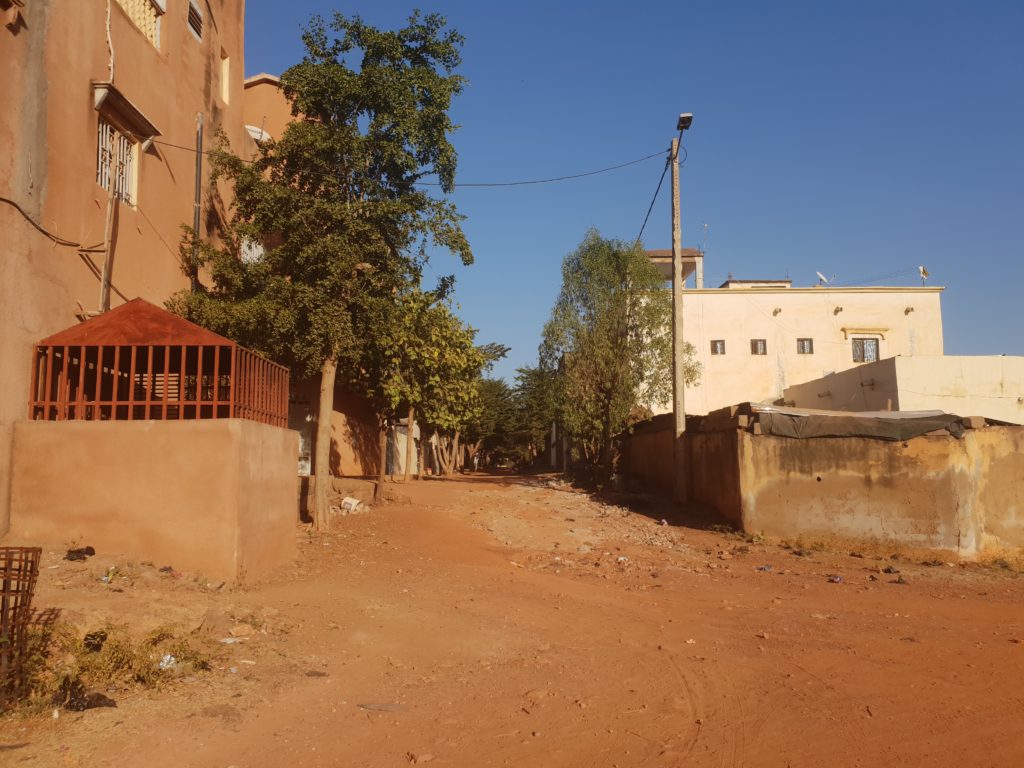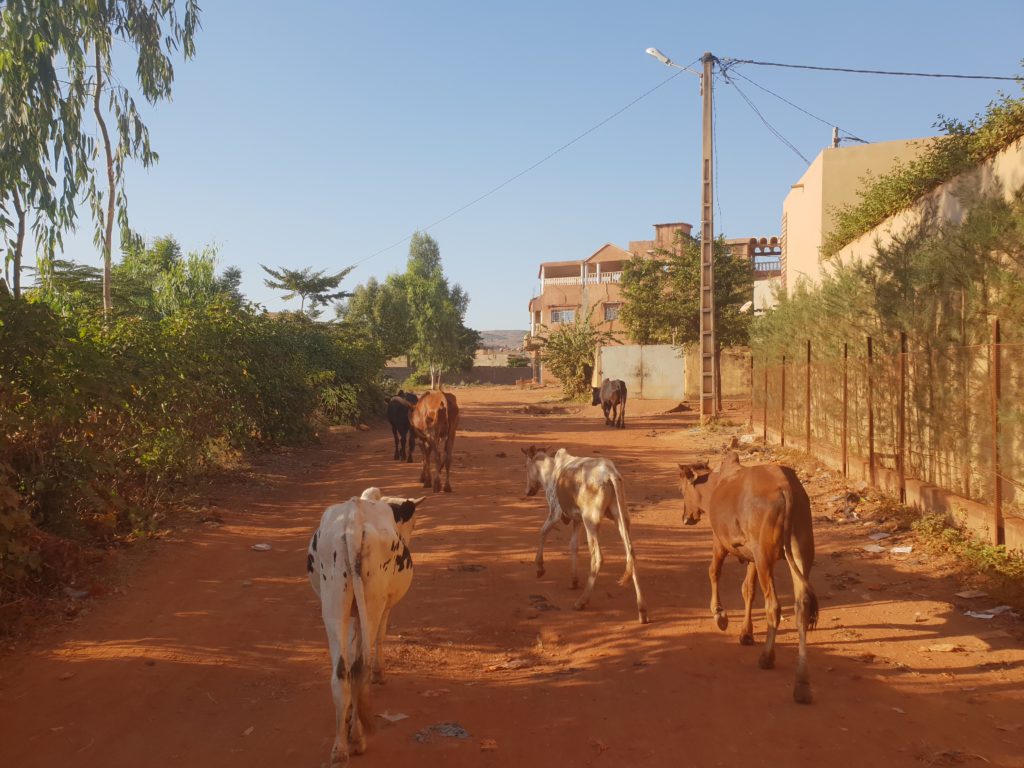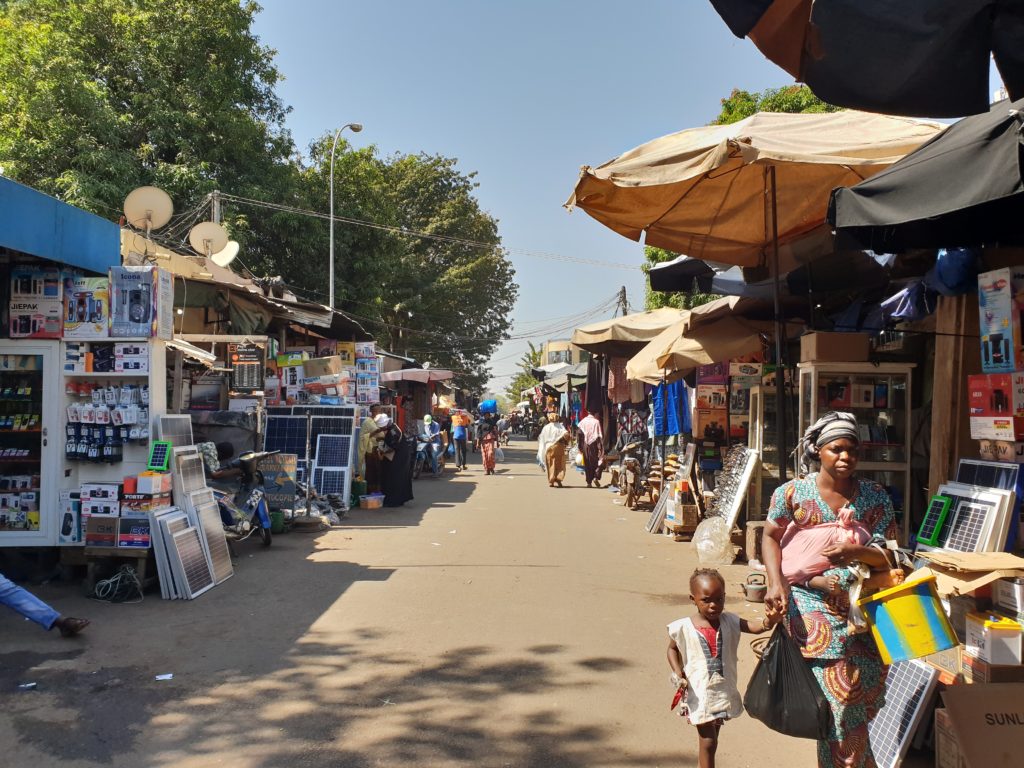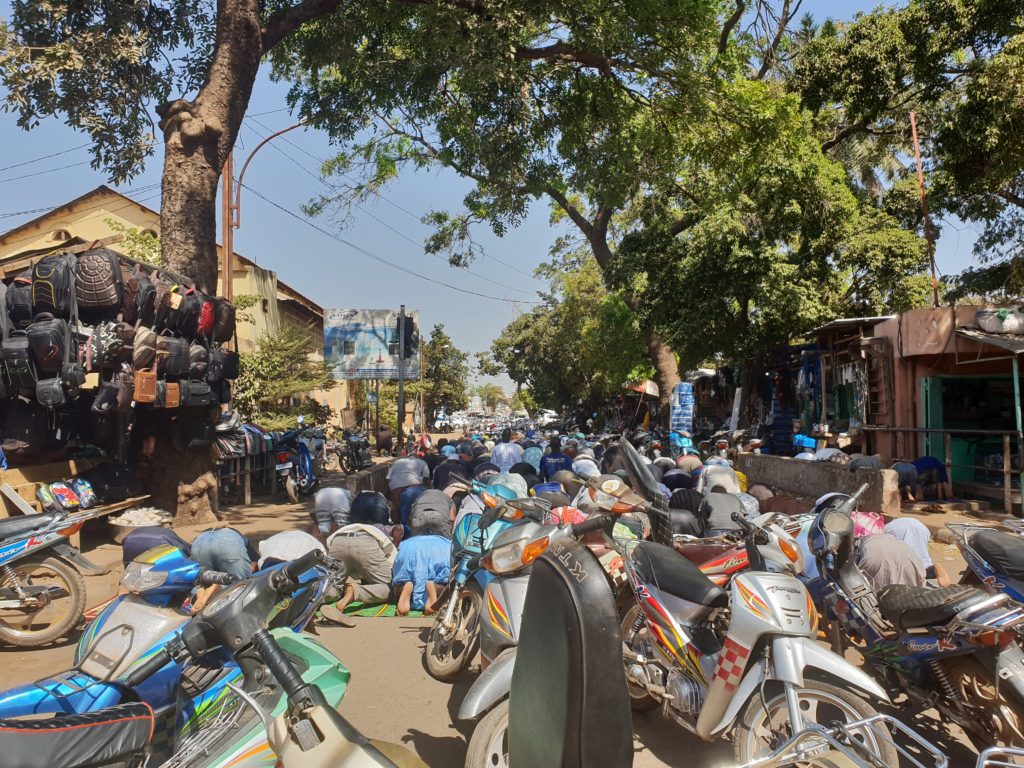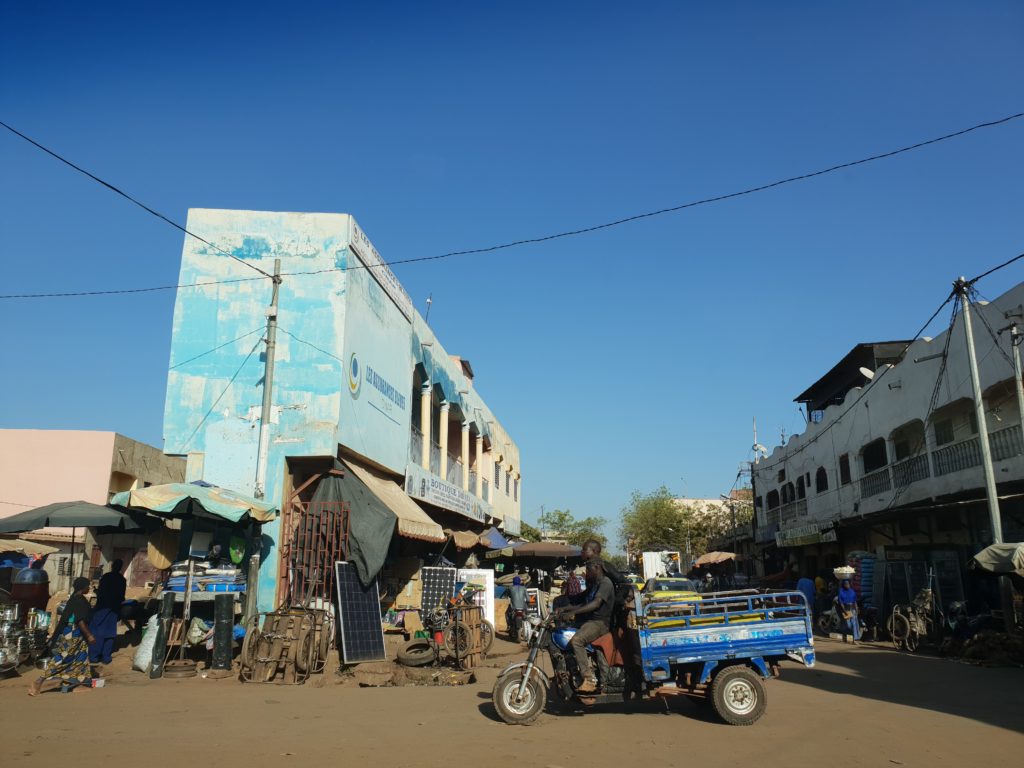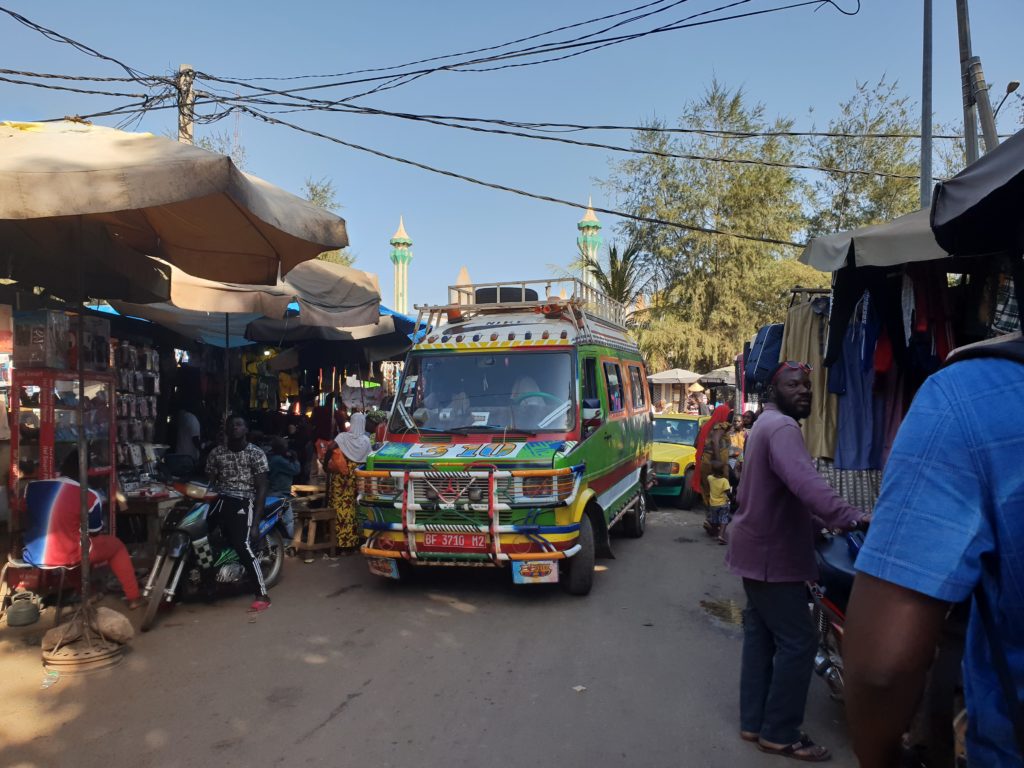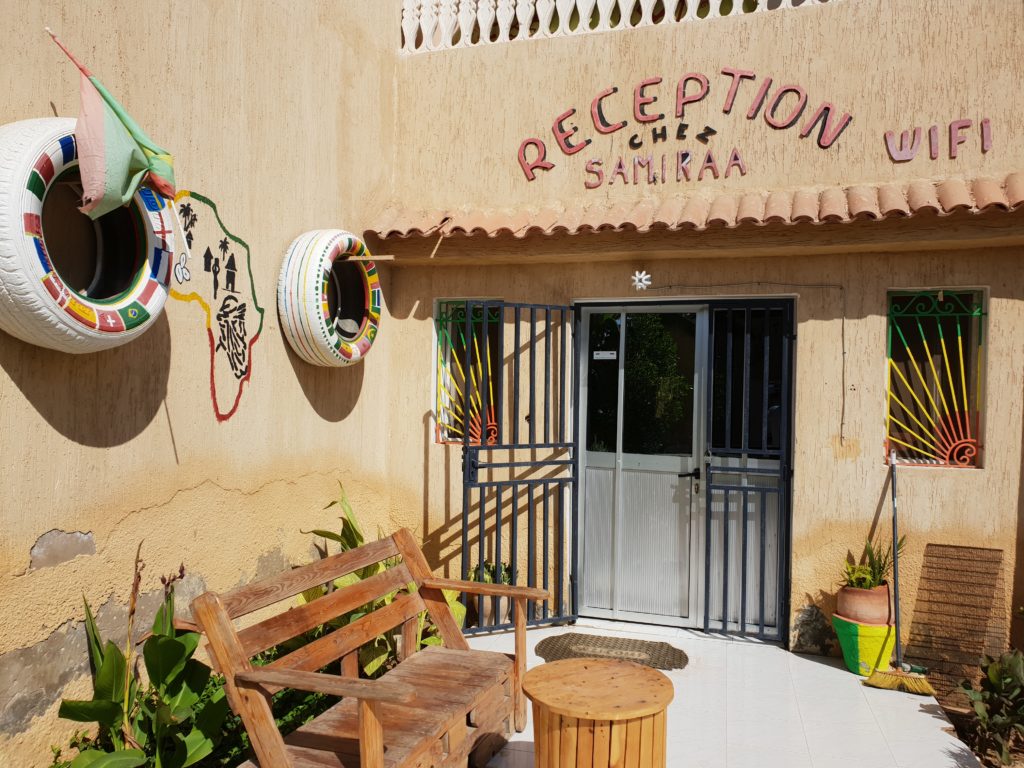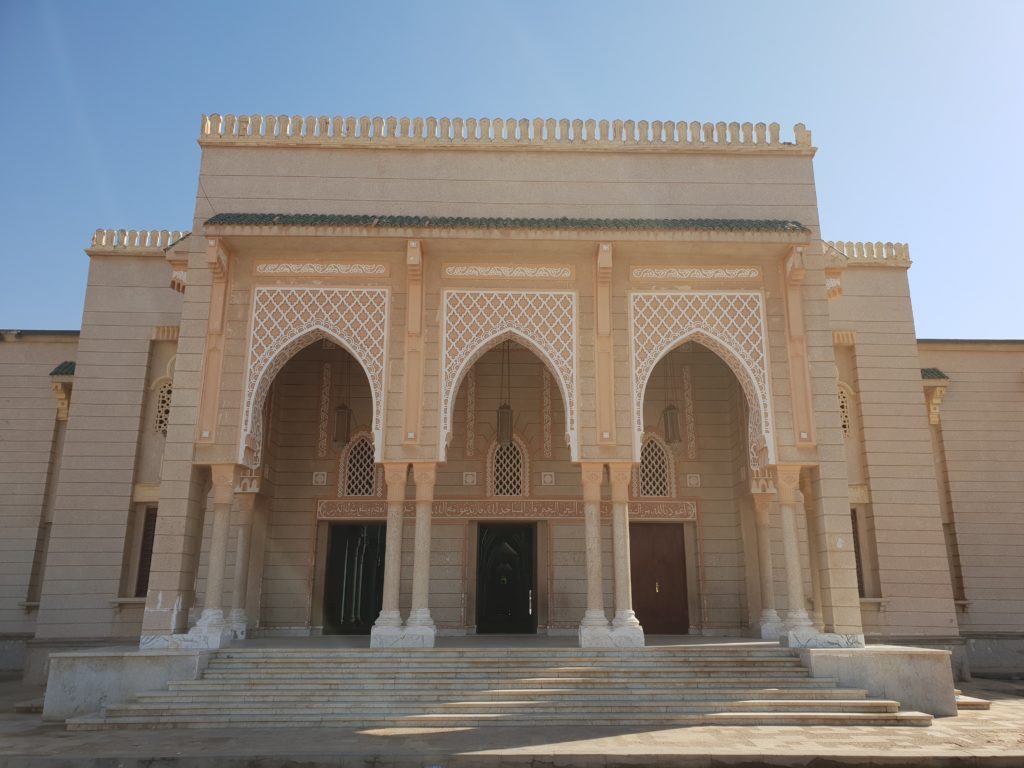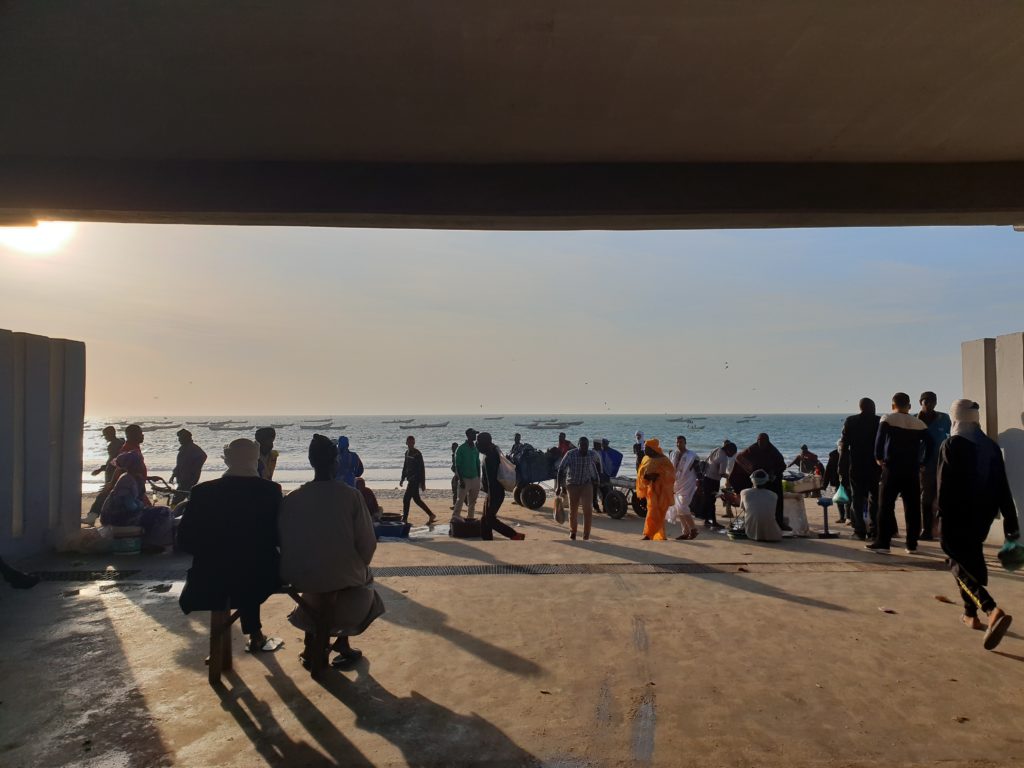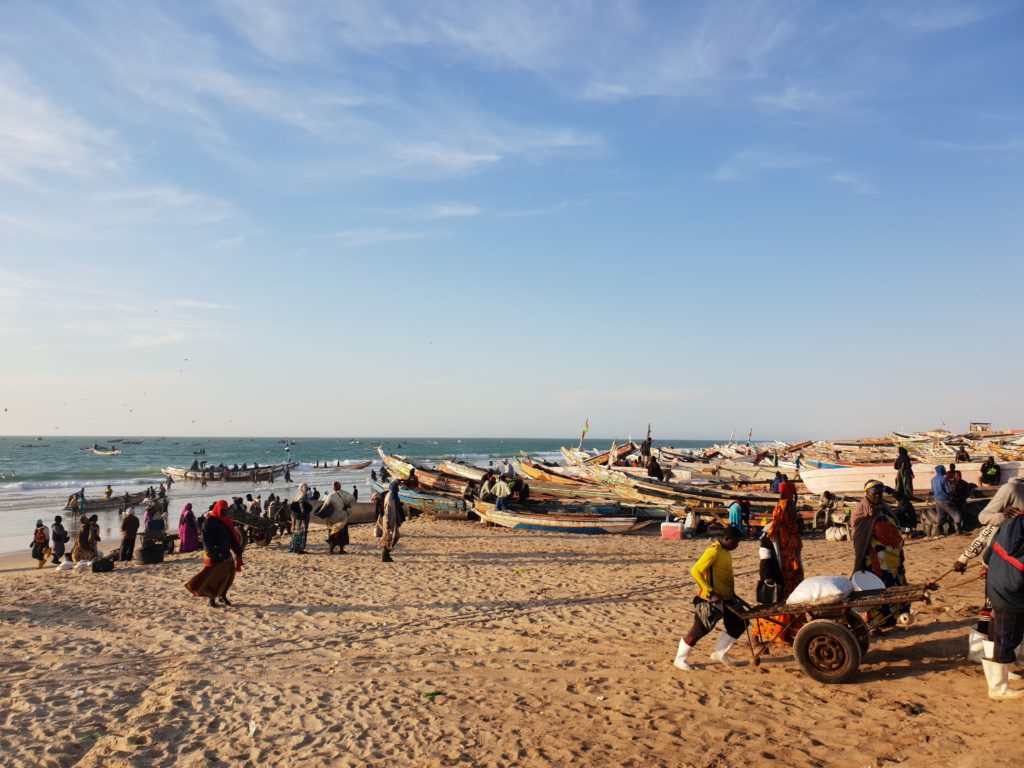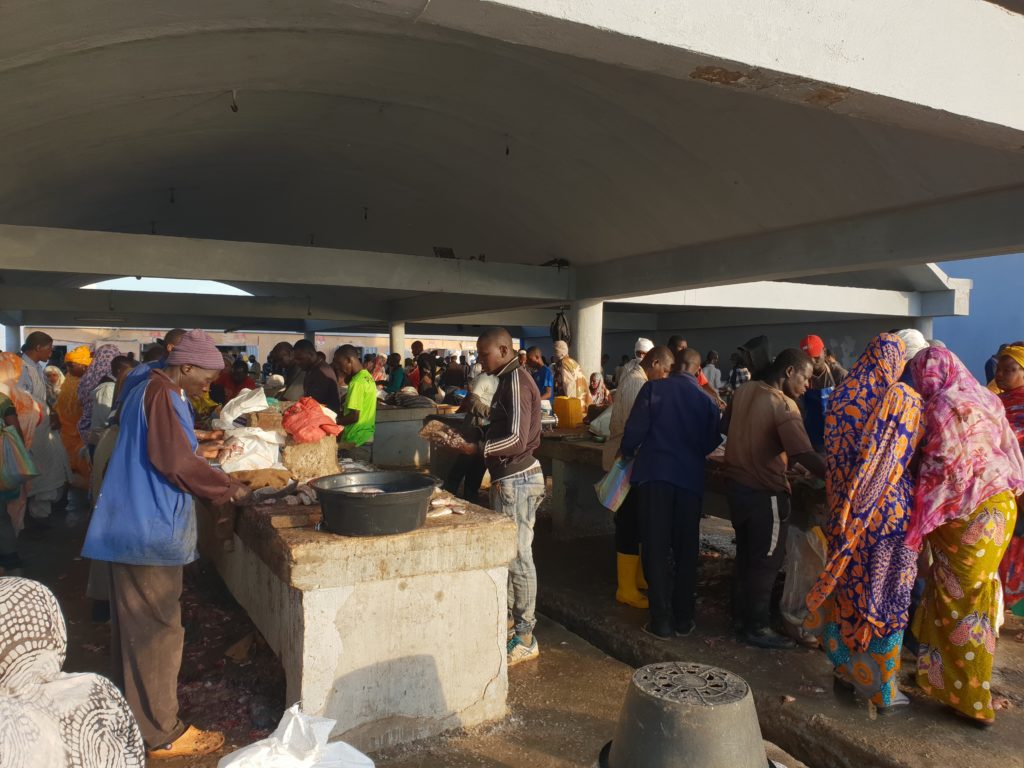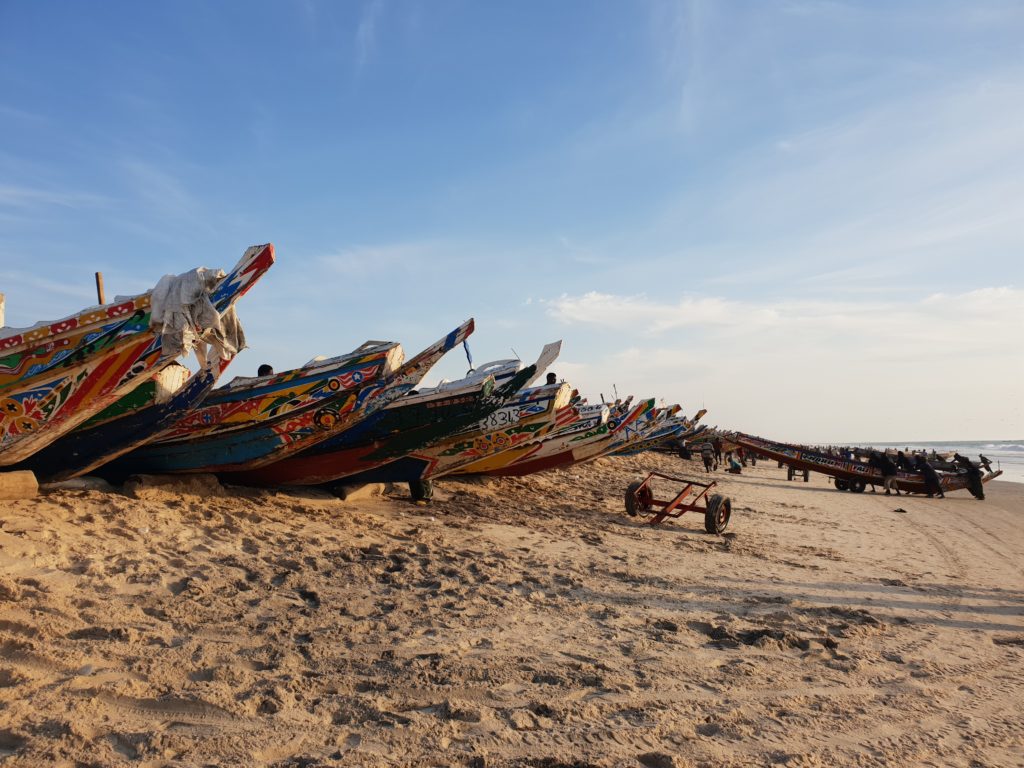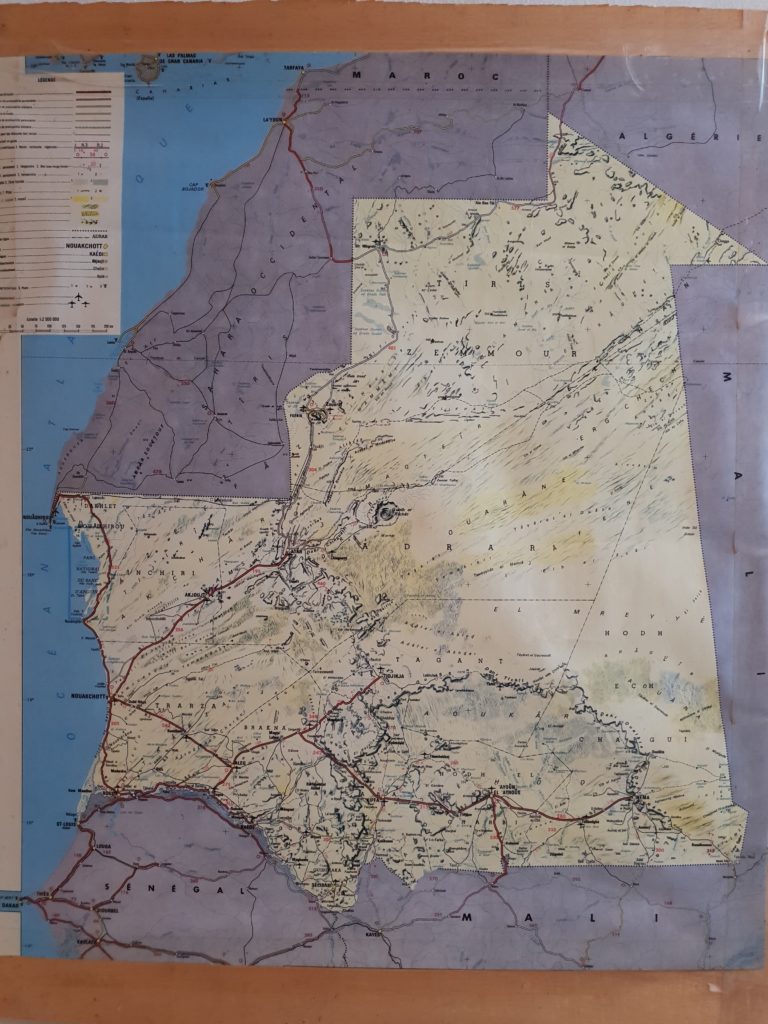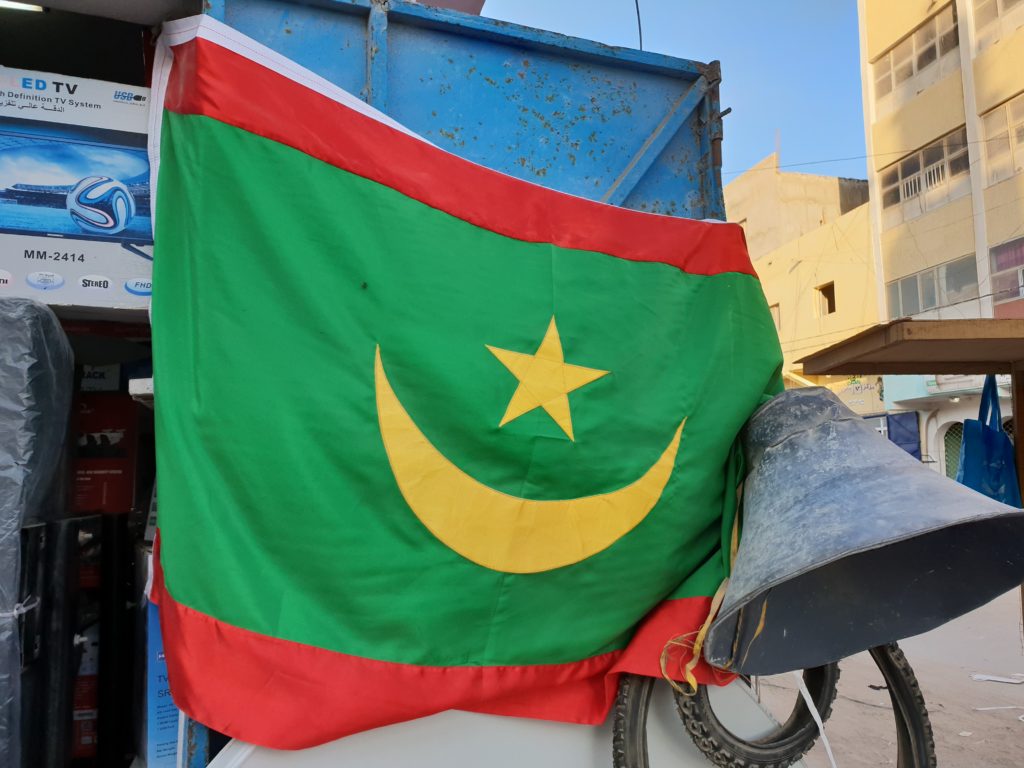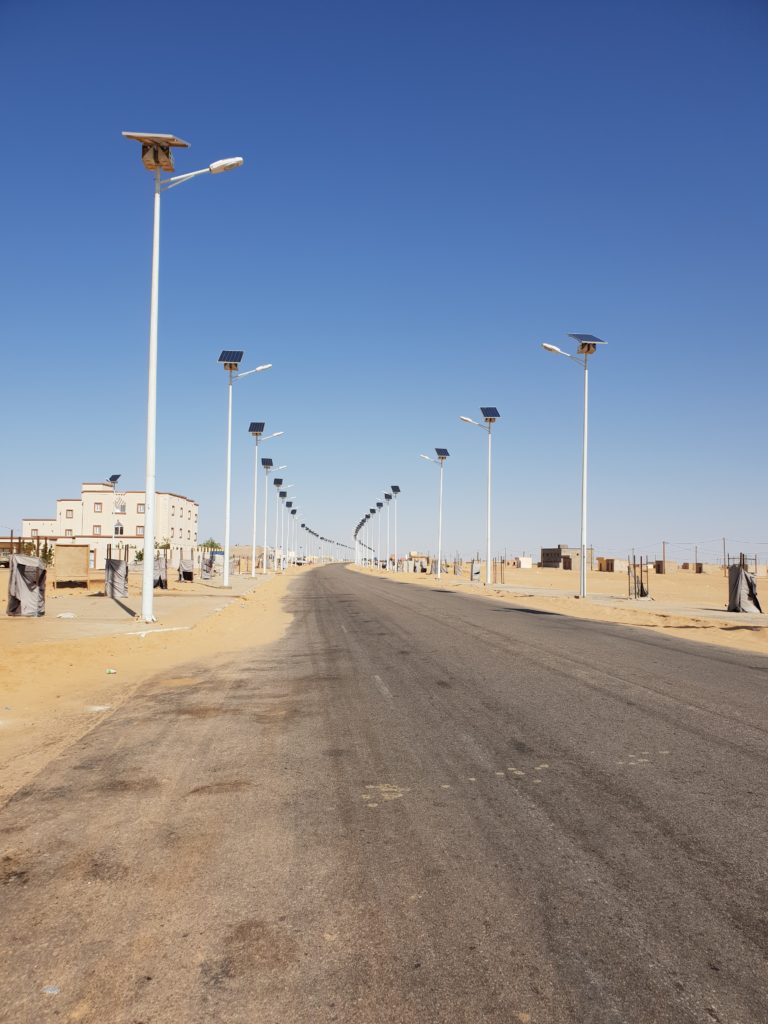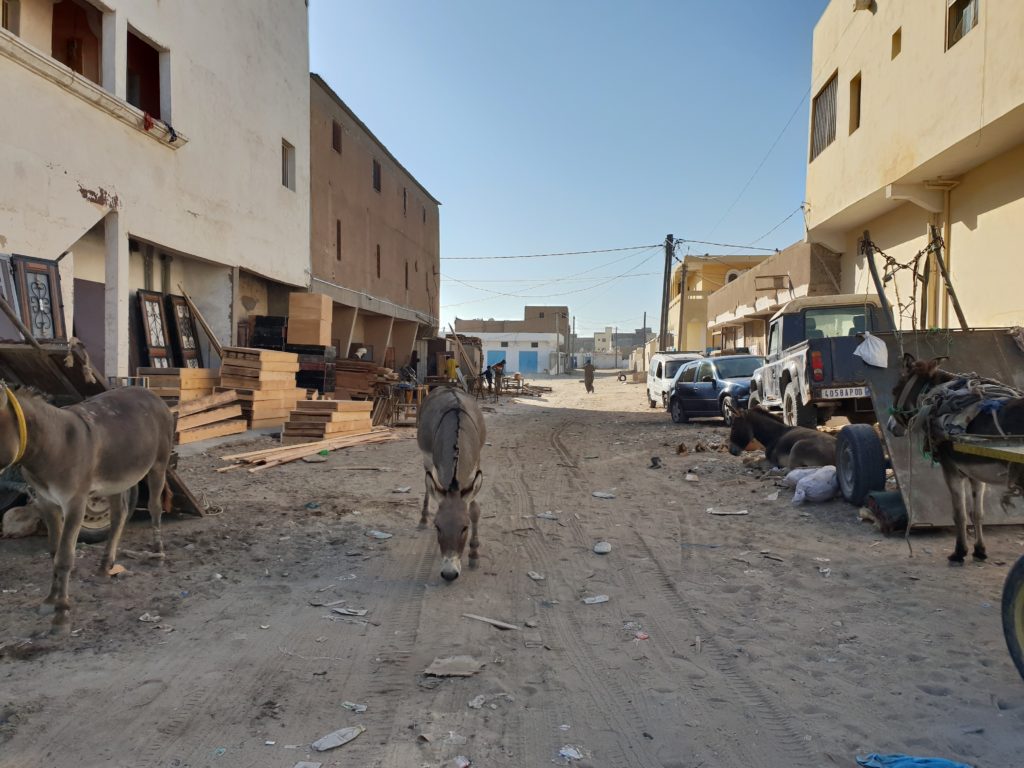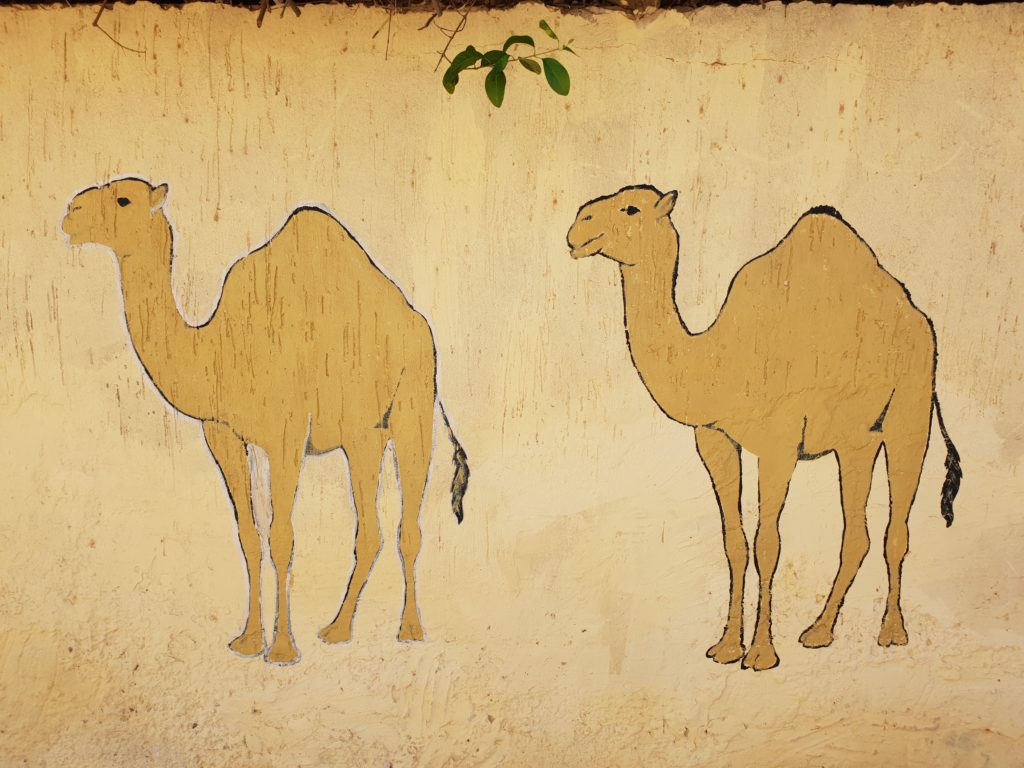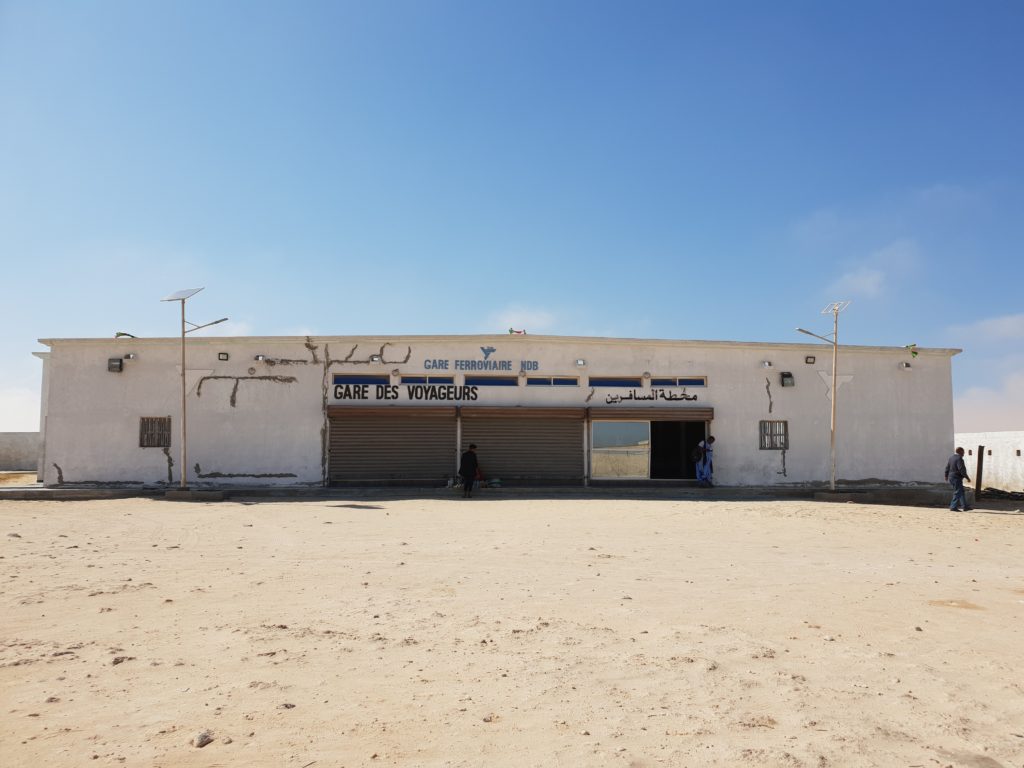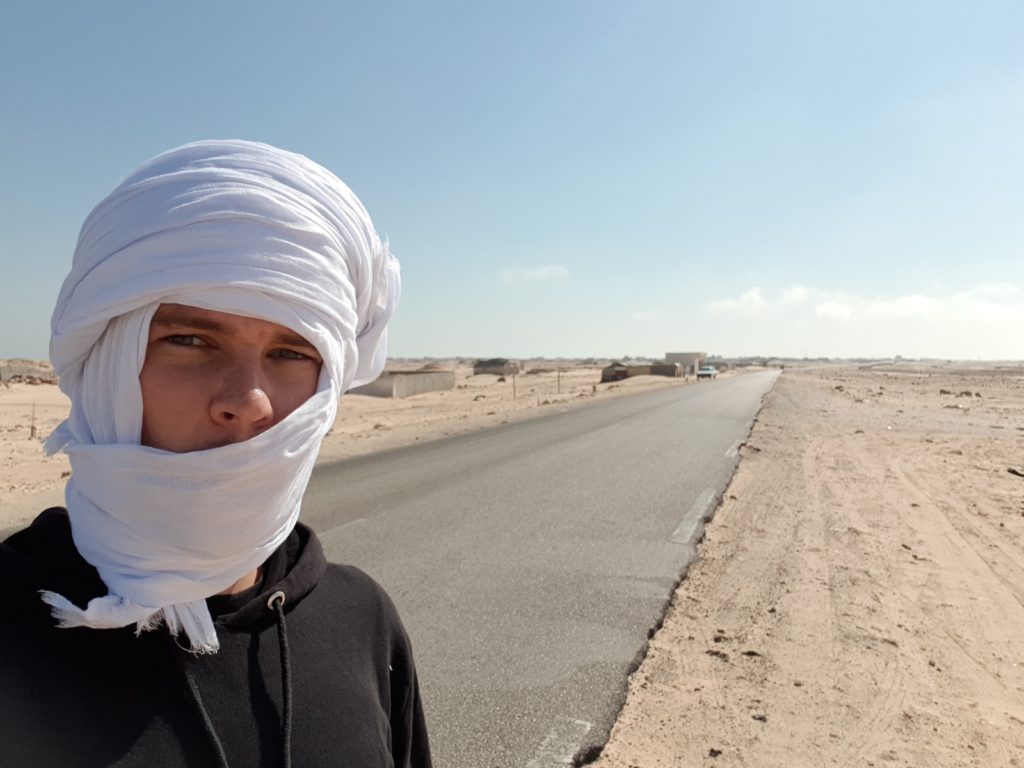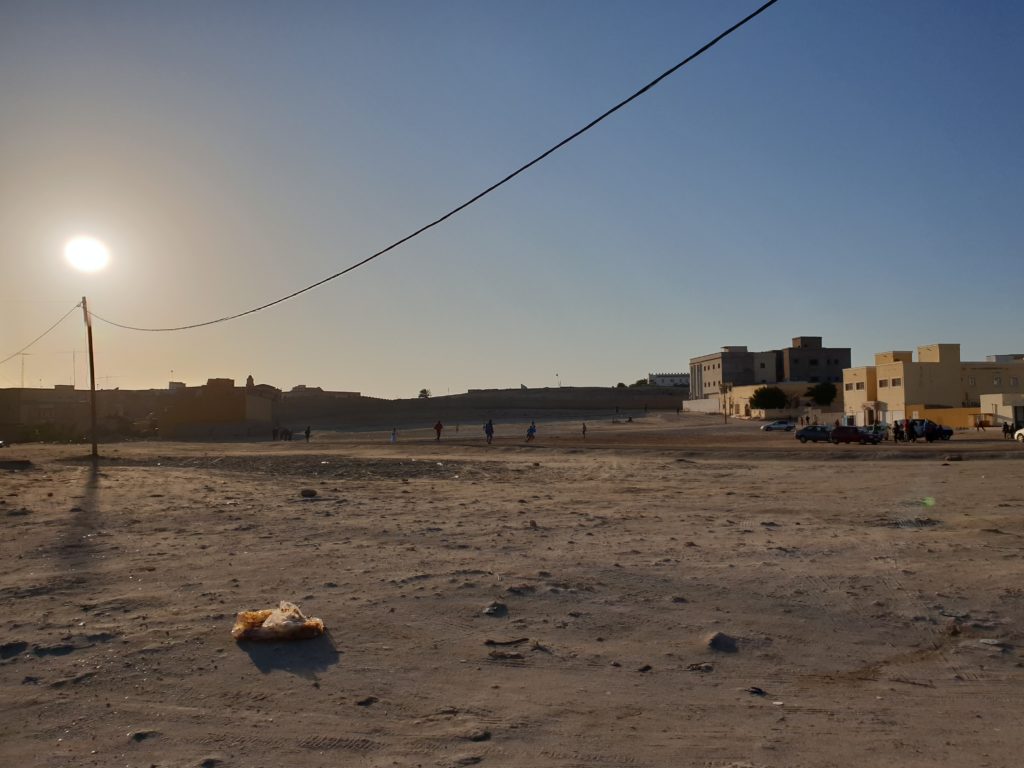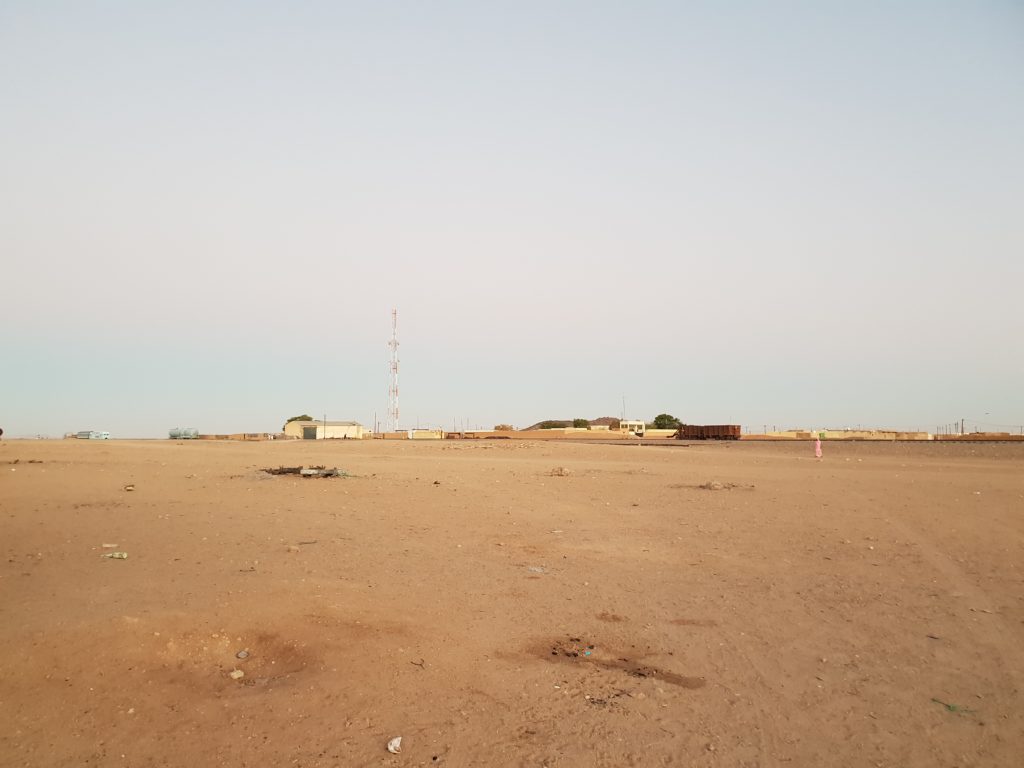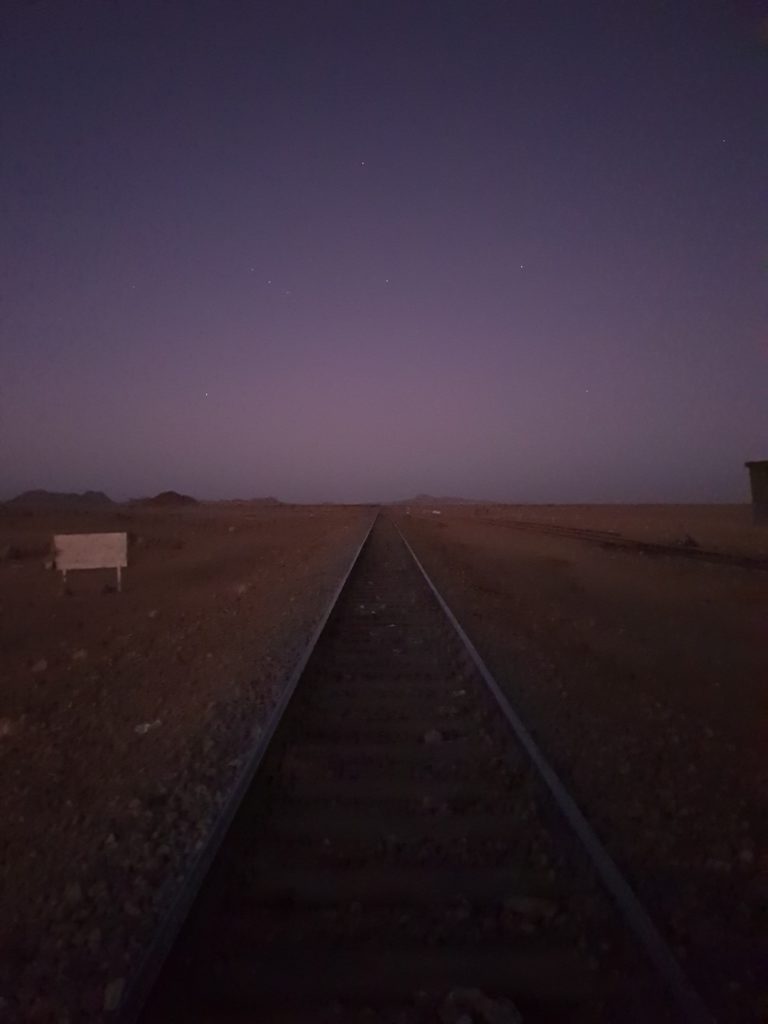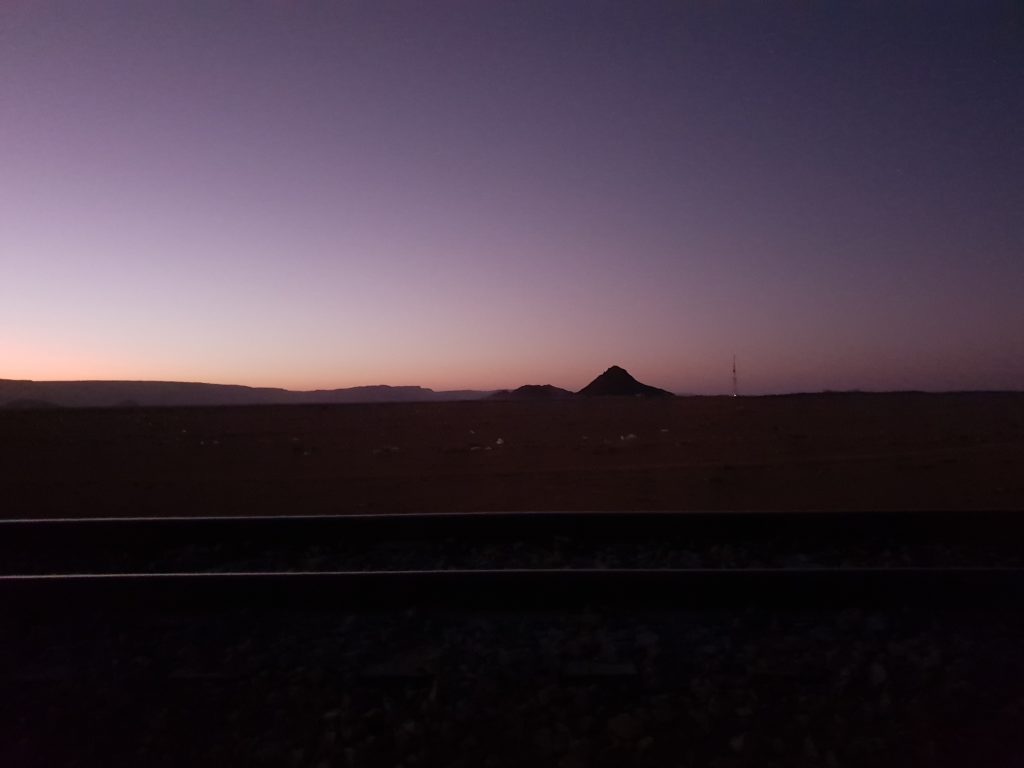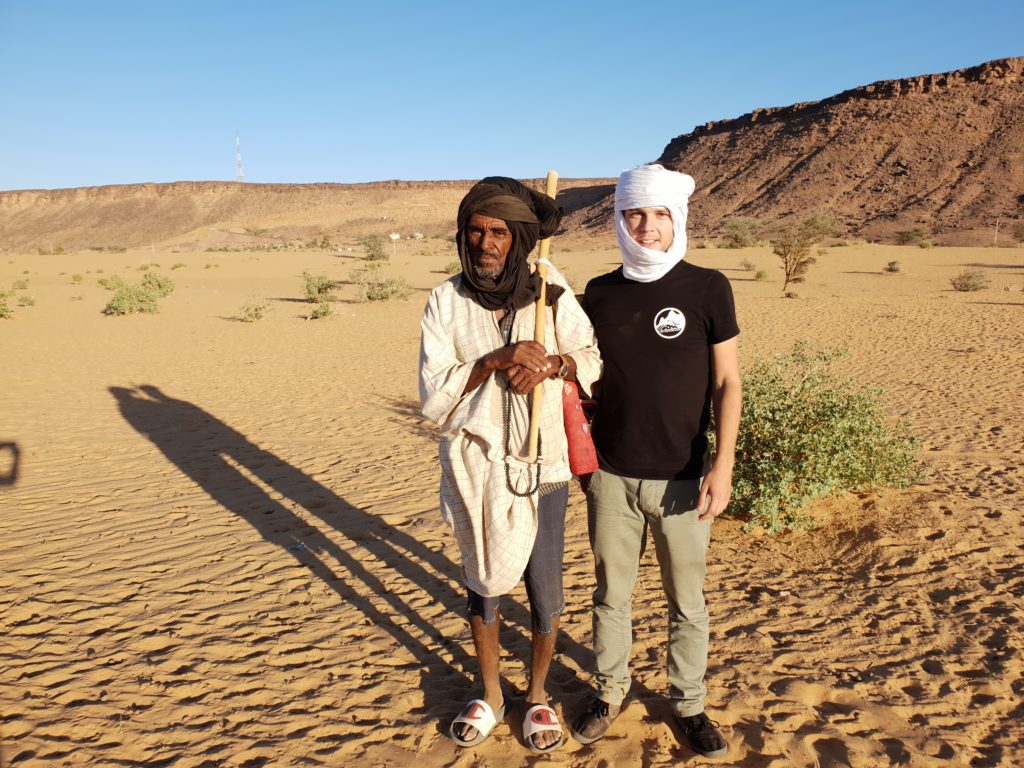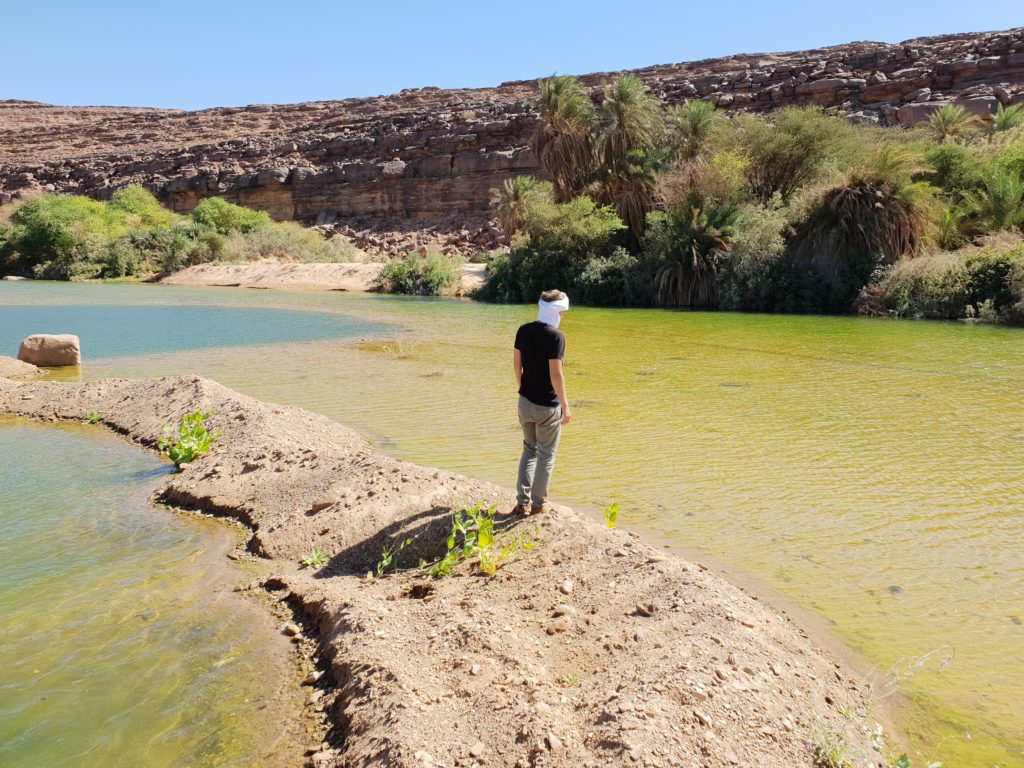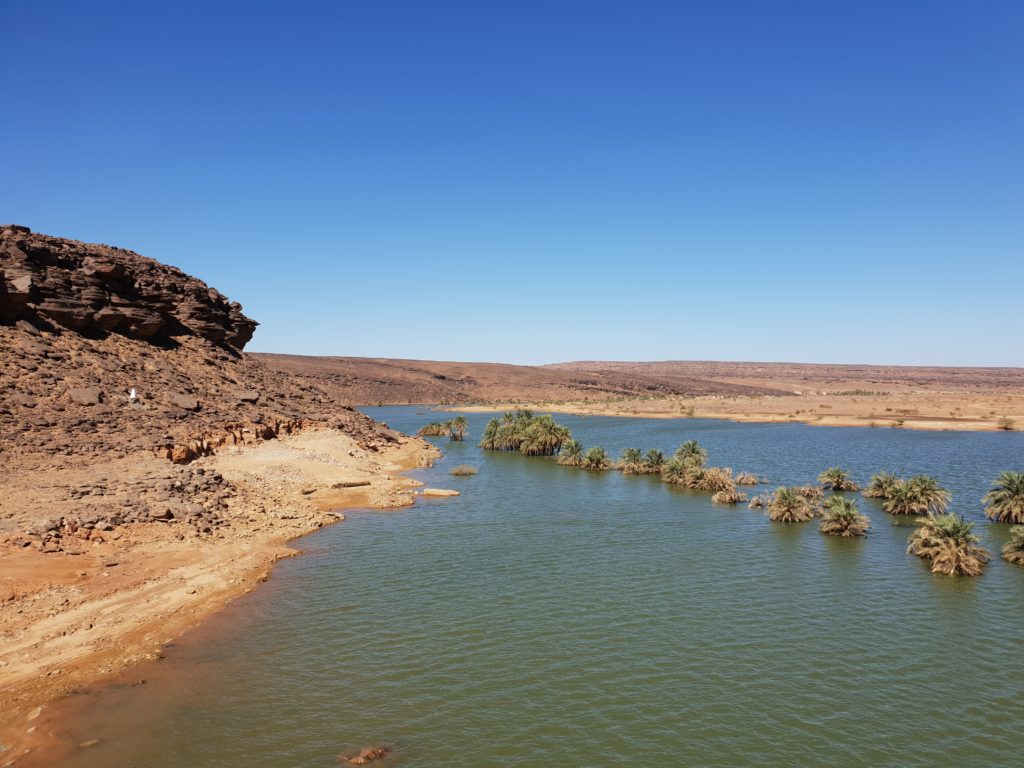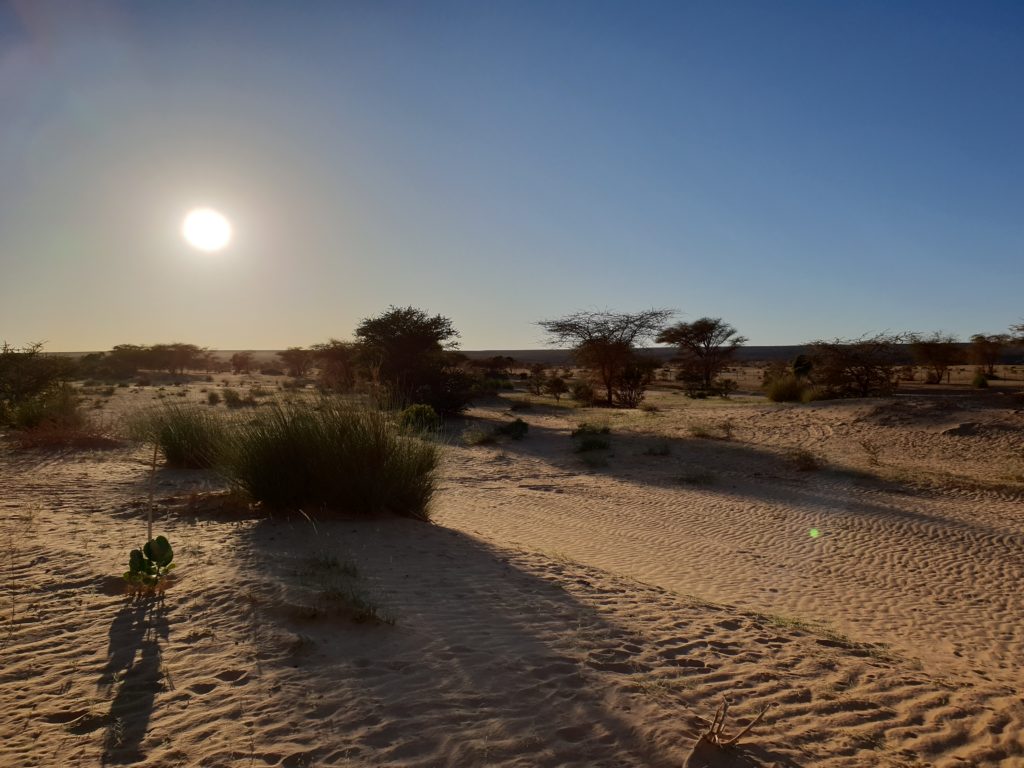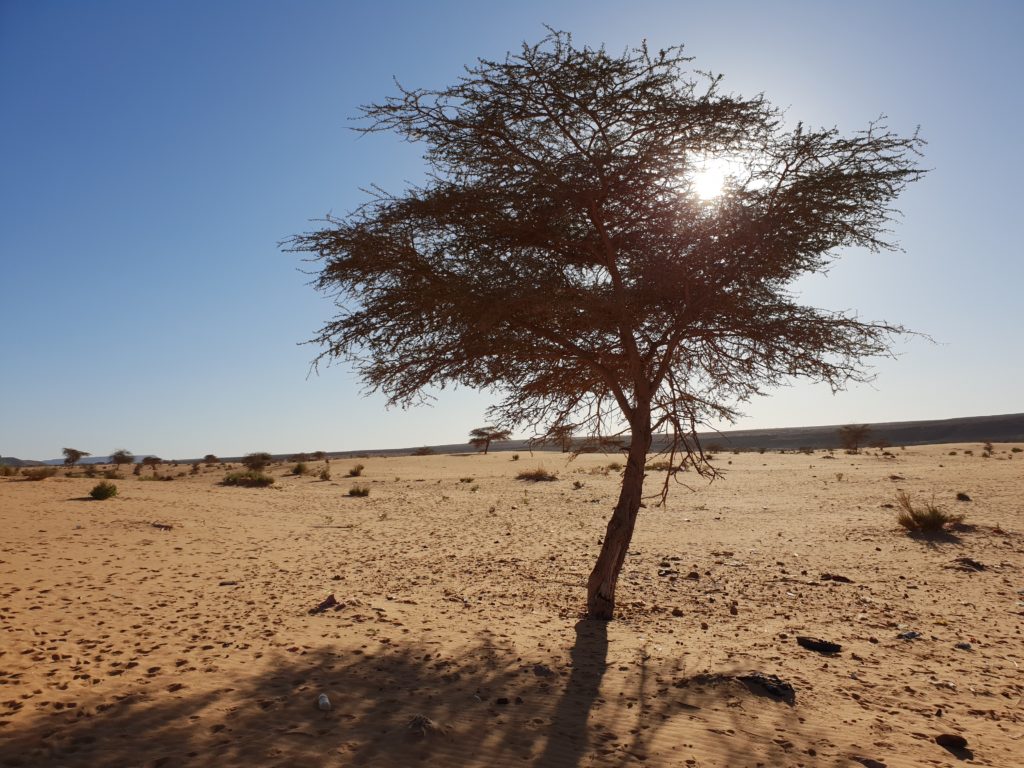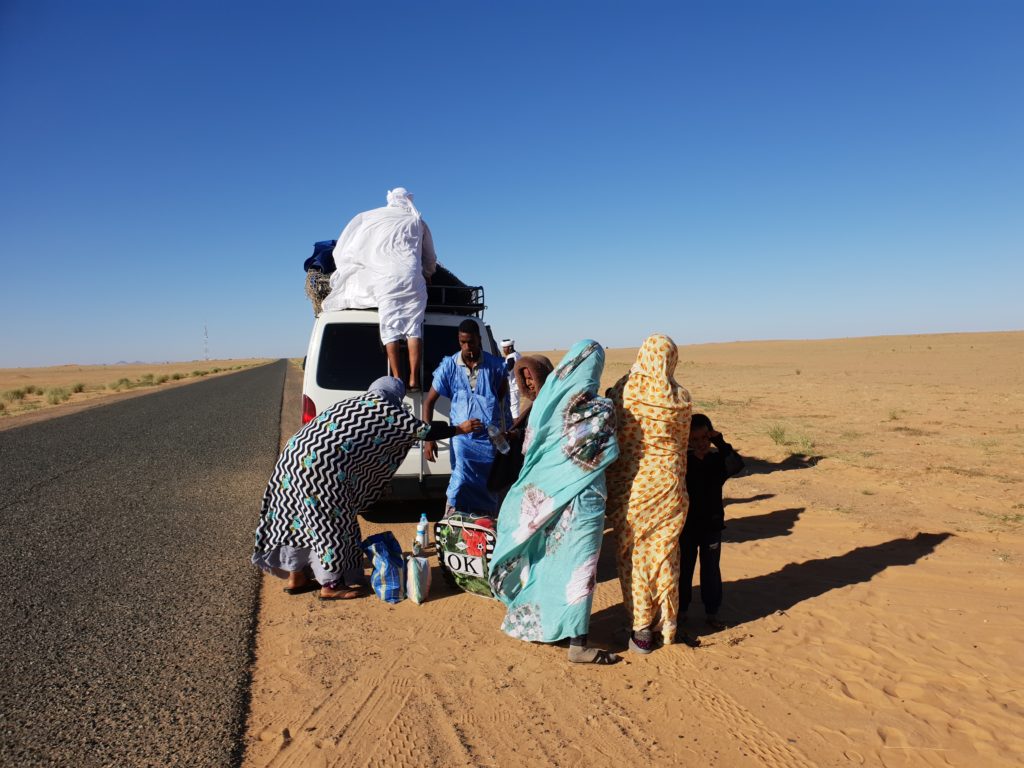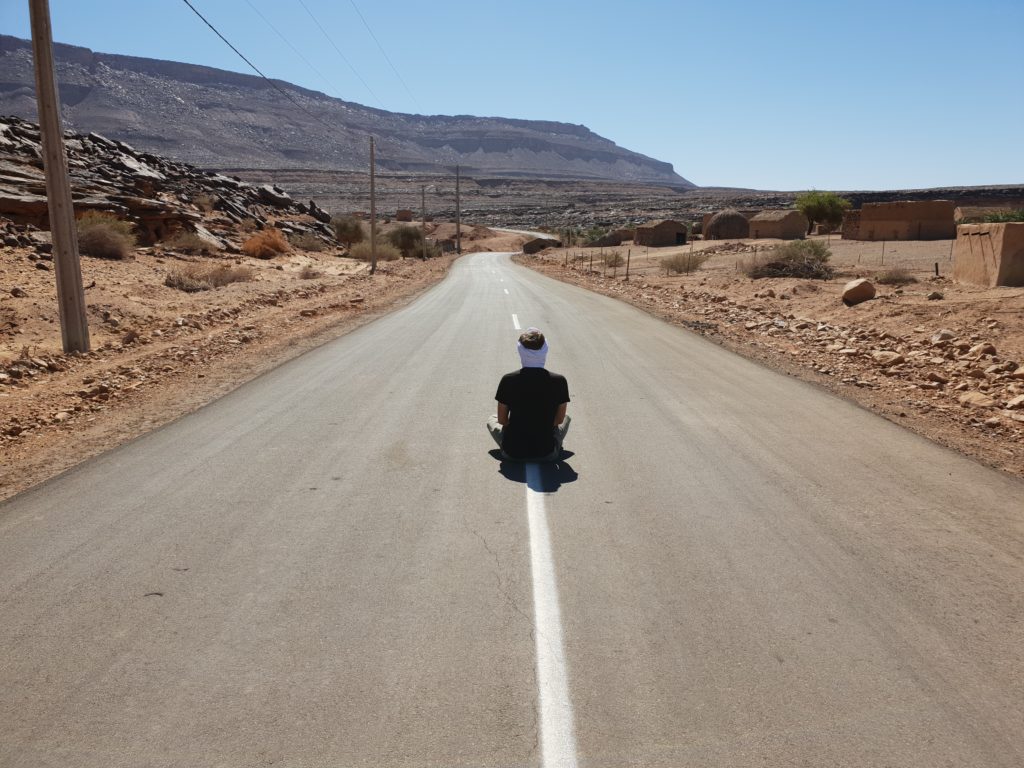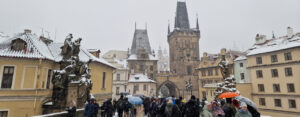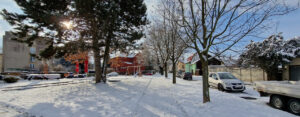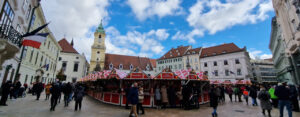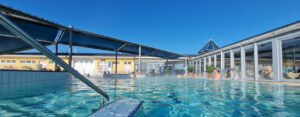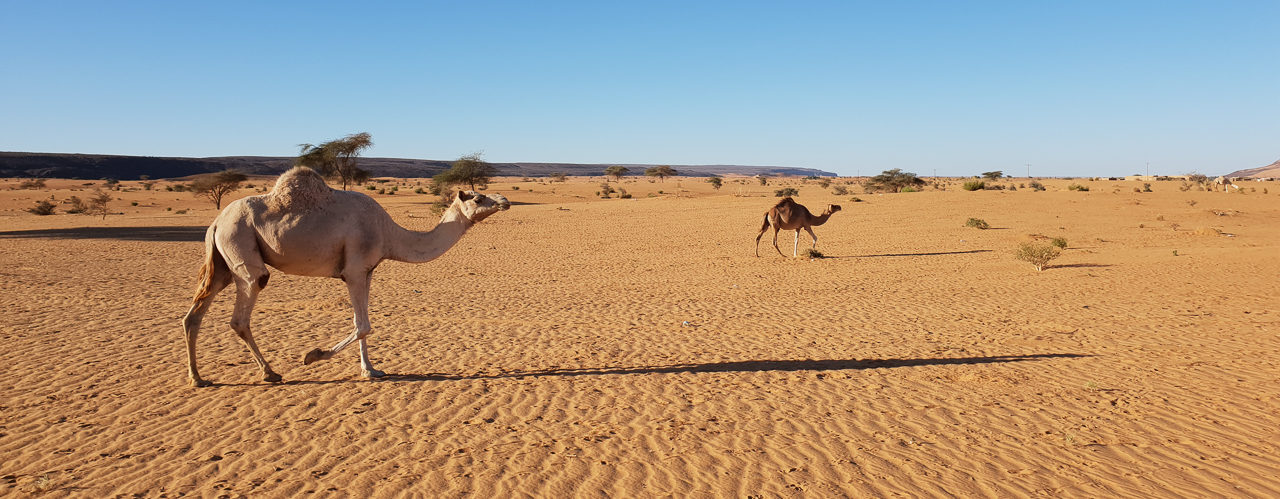
Mali & Me
Last week, I was forced to avoid the volatile hinterlands of the Sahel, soaring from dusty capital to dusty capital in search of refuge. This week, I took a ride on the most uncomfortable, unpunctual and unreachable train in the world (excluding the Arriva Trains Wales service to Pembroke Dock).
Day 64 – Bamako, Mali
Day sixty-four. Despite the fact I’m neither dehydrated, nor wandering aimlessly through the Sahara, I feel as though the unrelenting desert dust (and the ridiculous heat) is starting to drive me ever so slightly insane. Over two months on malaria prophylaxis isn’t helping either, as all manner of bizarre side effects only increase in strength with every tablet on every morn. Not the best of preparation for my trip to Mauritania, when I will enter the grandest desert in the world on the back of a rickety Iron Ore train, but what can one do.
Today, I decided to take it easy, washing the sand from my clothes and the thick layer of mud from my shoes. I left the confines of my mammoth-sized compound only once, for a walk around the block, meeting no one but cows, cats and plastic containers. It is a fairly eerie locale, even during the daytime. By nightfall, I sat through the thousandth blackout of the trip (energy, or a lack of, is a pretty big issue in Western Africa), which gave me a good enough reason to start reading Marcel Proust’s ‘In Search of Lost Time’ (I don’t think even African blackouts are long enough for me to get through 1.2 million Proustian words).
Day 65 – Bamako, Mali
My final full day in Mali, and a chance to visit every single remaining attraction on TripAdvisor’s Top 9 Things to do in Bamako (there isn’t a tenth). I was guided once more by Soumare (my ‘driver’ and all-around nice bloke) who assisted in my taking photos of the sights without attracting the attention of the highly suspicious Malian security officials. I can’t blame them; I have a highly suspicious face.
We took in Bamako’s closed (and endearingly named) Sacred Heart Cathedral, as well as the slightly-less-than Grand Mosque, although the most interesting part of our walk was what occurred between precisely 12:21 and 1:10 pm. Now, I have been travelling through majority-Muslim nations for most of the last two months and have witnessed hundreds of worshippers taking to the streets when the mosques are full, and the parks run out of room during times of prayer. But Bamako takes this up quite a large notch. The whole of the city centre grinds to a halt, with roads closed and every available street lined with sajadahs and prayer rugs.
Indeed, with Soumare needing to pray and with no space for me to move, I pulled up a bit of pavement and observed in some form of wonderment. It was only now that I realised how soundless the city had become, with the usually maddening scooters pulling over and the honk-happy taxi’s stopping their fares. I must say, it was an intense experience. The massed chanting drew a reaction in me akin to that inside the Buddhist temples of South Korea, with the sheer number of people, all in total absorption, captivating the eye as far as one could see. Who needs TripAdvisor’s Top Tips when everyday life is this hypnotising?
Day 66 – Bamako, Mali to Nouakchott, Mauritania
With the road out of Bamako still a risky proposition, another flight across the Sahel was required, this time a two-hour hop to Mauritania. My getaway was conveniently booked for 2 am, so I bade my final farewells to Soumare the Driver and Moussa the Vigil (as my host would call him) and headed to the airport. A quick note that Mauritania Airlines has now been added to the long list of carriers that I’ll never fly with again, as it was a truly terrifying experience. However, I did land, I did buy my visa, and I did make it to my hostel in one piece – which was set right in the heart of a surprisingly chilly Mauritanian capital.
Nouakchott was, not that long ago, a small sandy Saharan village sandwiched between the vast Saharan desert to the east and the Atlantic Ocean to the west. However, as Mauritania gained independence from France in 1958, a capital city was required and Nouakchott was chosen. In the last fifty years, it has changed beyond recognition, growing to a population of over a million and becoming one of the largest cities in the Sahel. Being an almost brand-new metropolis, it is relatively pedestrian-friendly (despite the strong wafts of urine one encounters every two minutes) and walking from place-to-place made a welcome change from taking taxis or donkeys.
I ambled around the entirety of the city centre in a little under two hours, taking a look at its mosque and surrounding religious sites before making my way to Nouakchott’s hidden gem: its fish market. As I arrived at the coast (a short drive away), I soon discovered that the market was located right on the beach itself. No port, harbour or dock. The pirogues, more than I could count, would simply land on the sand, drop their load, and head back out to sea. Fresher fish one could not find. I wandered from boat to boat and stall to stall, staying until the sun had almost retreated for the day, with the fragrant aromas of hake, skate and gilt-head bream occupying the nostrils. A very pleasant day in the city, I must say. Although, it was high time to discover what Mauritania is really famous for… (no it’s not its gilt-head bream).
Day 67 – Nouakchott, Mauritania to Nouadhibou, Mauritania
Each morning, I go through the daily battle of trying not to throw up for the hour or so after taking my anti-malaria pill – with today being a particular struggle. I had a 7 am bus to catch to the north of the country, which meant a shorter sleep and no time to source breakfast – compounding my problems. Luckily, we had a very compassionate driver, who was willing to pull over every kilometre or so and watch me wretch – chuckling to himself as if it were simply homesickness. I didn’t want to mention the word ‘malaria’ as, given the language barrier, they may have rushed me to the nearest morgue.
The six-hour drive to Nouadhibou, Mauritania’s second city, gave me my first real glimpse of the Saharan dunes – their gold magnificence interrupted only by the small slither of grey tarmac that ran in between them. Indeed, we passed at least six bulldozers who had been given the almost hopeless daily task of trying to keep the sands at bay, and the road clear. I kept hoping that I would get the chance to walk to the top of a dune and admire a view akin to something from Lawrence of Arabia. Unfortunately, I was on a local bus, and to say that my fellow passengers weren’t that interested in stopping and admiring piles of sand would be an enormous understatement. Hopefully, my opportunity will come on the morrow.
It was early afternoon when we pulled into Nouadhibou and I quickly found my basic, yet comfortable, accommodation, before I went in search of some supplies. It took until the seventh ATM to unearth one that functioned (if the seventh one had not, I may have been stuck in Nouadhibou for the rest of my life) which then allowed me to purchase tomorrow’s train ticket for my journey inland. Or so I thought. I caught a taxi to the ‘train station’, which was about fifteen kilometres outside of town and a nightmare location to try and explain to drivers, only to be told that tickets could not be purchased in advance (at least I think that’s what he said). Quite frustrating.
Even more frustrating is the way Mauritanian’s employ their currency: the unpronounceable Ouguiya. The locals sometimes add a zero on the price of a taxi or a tin of beans just (it would appear) to confuse foreigners. So, when a driver told me a ride would cost 500 Ouguiya (which I could just about understand), it was actually only 50. The problem was I only discovered this revelation at dinner time, when I tried paying ten times what I needed to for my chicken and rice before the very honest owner explained to me how the monetary system worked. And I then realised all the people I had overpaid that day, with the many confused looks making sense to me now (although very annoyed at the taxi driver who obviously knew I didn’t understand and still took ten times what he should have done – the scoundrel). Although I didn’t mind paying over-the-odds for my quite superb headscarf. It will be needed tomorrow…
Day 68 – Nouadhibou, Mauritania to Choum, Mauritania
I might look and feel like Tintin, but one must attempt to blend in when attempting to stowaway on what National Geographic calls the “most extreme railway in the world” (you will read why). Also one of the longest, the Nouadhibou – Zouérat train takes iron ore from Mauritania’s Saharan mines all the way to the Atlantic Coast and on this occasion, me too. The countless iron ore wagons would be empty for their journey deep into the Sahara, as they would collect their load at the other end. And so the simple plan was to hop inside a compartment when the train was briefly on stop, cover oneself in all manner of layers and blankets (the residual dust of both iron ore and sand was said to be almost intolerable if not protected) and wait twelve hours before reaching the remote village of Choum and hopping off again. Easy.
Things then took a turn for the better when I discovered that a passenger wagon was also running on this occasion – although I was sagely informed to prepare for a fight to the death to get a priceless spot on one of the few wooden benches on board. And so, we waited and prepared – our 3 pm departure mysteriously delayed until six, seven and then eight o’clock. It was during this wait that I met fellow foolhardy passengers, Croatian power-couple Heike and Neno. We consoled ourselves with the fact that we would not have to endure twelve hours inside one of the iron ore wagons, before taking our positions by the tracks – like sprinters waiting for the gun.
As the cacophonous cavalcade rushed past, we still had to wait a good few minutes for the passenger wagon (the very last one) to enter view. Before the train had even come to a complete halt we were flung on board, squeezed down a narrow corridor, and pushed into a dilapidated compartment which looked more like the inside of a prison cell than a passenger carriage. As the locals began to get extremely rowdy (fights for bench-space ensued) we could only watch on, clinging to our rock-hard wooden seating for dear life. We eventually pulled off, so starting one of the strangest journeys I will ever undertake.
Day 69 – Choum, Mauritania to Atar, Mauritania
We had one miniature cell-like window between us and, although the starry sky above was breathtakingly clear, I was extremely disappointed that (due to the delay in our departure) our entire journey would be under the cover of darkness. The carriage was also incredibly grim. Impossible to sit in a comfortable position for longer than five minutes, the small metal box bounced and slid on the tracks, as the eight of us rammed inside attempted to cling on for dear life. The deafening and constant clattering didn’t help either. Despite all that, I enjoyed every minute.
We arrived at the isolated outpost of Choum a full twelve hours later, frustratingly as the sun was starting to rise, and waited for a local bus to take us to the nearby town of Atar (two hours is nearby in this part of the world). Some of the landscapes that drifted by our miniature minibus were almost Martian – camels, craters and enormous monoliths a regular sight. Before this trip, I had thought that the great Sahara consisted entirely of endless dunes and remote oases, and I was rather taken aback to discover this rather rocky and mountainous world. There was even foliage my friends, FOLIAGE! Following my arrival in the slightly less remote town of Atar, I was immediately taken on a tour of its surroundings by my couchsurfing host: Abdou.
This particular excursion was my favourite of the entire journey (the lack of sleep had made me rather delirious). With Abdou and his young nephew, we left the ‘city limits’ and drove until the road turned to sand and abandoning our vehicle became the only option. We then proceeded to find the beloved dunes that I had longed to sit upon, the meandering camels I had yearned to talk to, the lonesome shepherd who I had ached to discuss Brexit with, all under a blistering afternoon Saharan sun. The sheer vastness of the desert that surrounded us was staggering, and we had it all to ourselves. I’m sure the locals must be incredibly confused as to why foreigners find their empty and infinite backyard so fascinating, but (with the exception of the Pamir Highway in Tajikistan) I’m yet to discover anywhere quite as remarkably and beautifully remote. These are the places I love more than any other.
Day 70 – Atar, Mauritania to Nouakchott, Mauritania
After an extremely late-night dinner with Abdou’s welcoming family under the lustrous skies of the Sahara, and having slept on his floor without a mattress, I was feeling rather weary and a touch stiff this morn – not having recovered fully from the train ride the night before. I, therefore, floundered my way to the bus station and awaited my ride back to the capital, which would signal the completion of my Mauritanian loop.
Once again, a quite extraordinary road lay in wait for me, which ran through some of the most inaccessible hamlets one could come across. As I am reaching the end of my journey, I find a fascination in comparing the hinterland I currently find myself in, to some of the other isolated places I have been to: the muddy jungle roads of Guinea or the floating roads of Benin – West Africa is most certainly a region of contrasts and extremes. Now, let’s go back to where it all began…
J
